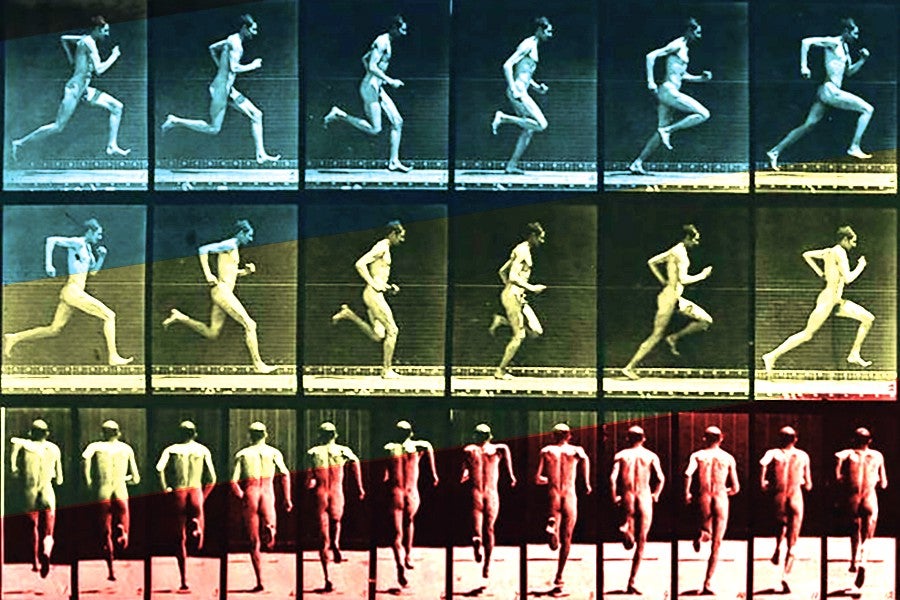The portrayal of nude men has a very, very, very old history. For instance, the Greek “Kouros Boy” was sculpted in 600 B.C. But in America, dudes have usually kept their clothes on. If for no other reason than losing their shirt and pants (especially their pants) has been illegal for most of our country’s lifetime — a fact that I only learned last month while researching Tom of Finland, the legendary Finnish artist known for his homoerotic renditions of men. What do you mean illegal? I wondered, flabbergasted that the (still) largely elusive nude male form had been explicitly banned at one point.
The Ever-Evolving Legacy of Tom of Finland’s Huge Dick Drawings
This, of course, sent me to Google, where the search term “nude man” obviously yielded millions of results. But it wasn’t all prurient. Among the returns a narrative of sorts emerged about how our culture has regarded the barren cock and balls of the American male. And while it’s impossible to include the whole story within this list, here’s at least the long and short of it (so to speak):
1) For most of humankind, nudity was no big deal. It was only once indigenous people were subjected to Euro-Christian standards of modesty when that changed. In other words, indigenous Americans were usually naked. Their unclothed bodies became politicized as grounds for their subordination—designated as “primitive” by European settlers. This isn’t to say Native Americans didn’t ever wear clothes. But it does underscore that policing nudity, across all genders, wasn’t always the status quo on this continent.
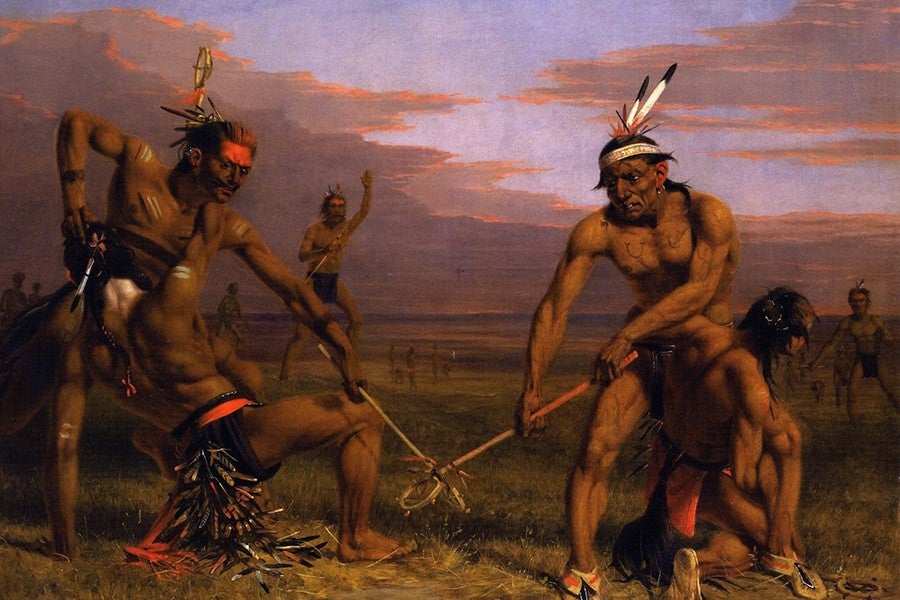
2) Our earliest obscenity policies were inherited from British case law, specifically Regina v. Hicklin, the 1868 case that defined obscenity as anything destined to “deprave and corrupt those whose minds are open to such immoral influences.” It would remain the legal precedent in the U.S. until the 1957 watershed case Roth v. United States, which created a Constitutional test for deciding what was obscene versus what was free expression protected by the First Amendment.
Roth was a magazine and bookseller in New York who was arrested and convicted for distributing the American Aphrodite: A Quarterly for the Fancy-Free through the mail. The book contained erotic stories as well as erotic etchings and drawings. Roth brought his case to the Supreme Court, which supported his conviction in a 6–3 decision that further defined obscenity as any material demonstrating a “dominant theme taken as a whole appeals to the prurient interest” of the “average person, applying contemporary community standards.”
They called Roth’s work “utterly without redeeming social importance” and contended that obscenity was absolutely not constitutionally protected, no matter the gender of the person depicted.
3) Once in a while, art could skirt these standards, likely because it was seen as having a purpose beyond sex and “depravity.” Take for example Eadweard Muybridge, the English photographer known for creating the stop-motion technique that laid the foundation for early animation and film editing. (He created the zoopraxiscope, which projected photos in motion before film strips became part of cinematography.) While doing a residency at the University of Pennsylvania circa 1887, Muybridge created “A Man Sprinting,” which shows a nude man and his undulating muscles while running. The important thing here was that Muybridge’s camera was able to identify specific postures and movement patterns not detectable by the unaided eye.
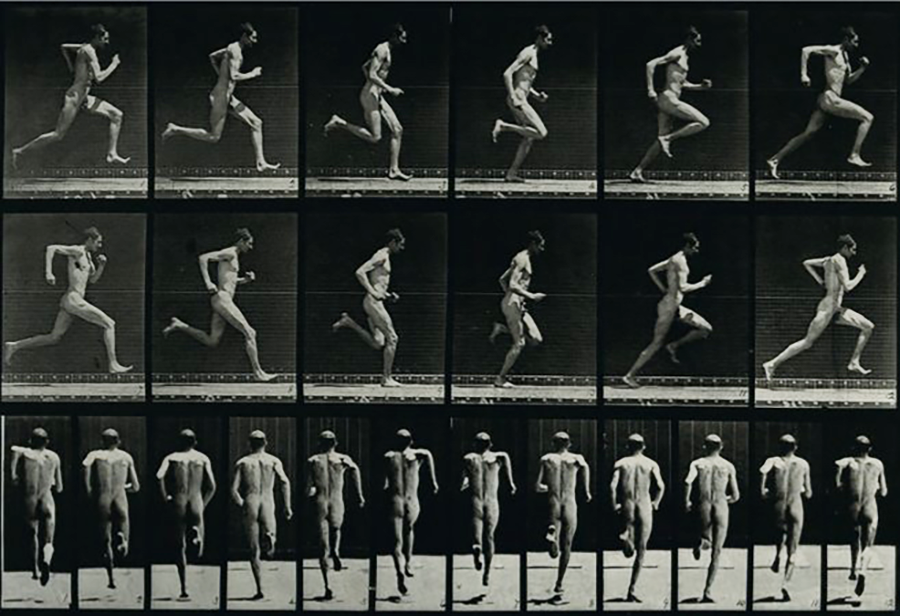
4) Speaking of nude photography, F. Holland Day, remembered as one of the first Americans to advocate for photography as a fine art form, took naked selfies of himself hanging on a cross. In 1907, he also took Apollonian style photographs of a young boy named Nardo. (Day tutored a lot of young boys, including Kahlil Gibran, the revered Lebanese-American poet and author of The Prophet.)
Thomas Eakins and George Platt Lynes were other early photographers to focus their male gaze on the nude bodies of other men. But this was extremely rare for the times. Dick verisimilitude was still too much for a lot of people to muster the nerve to look at. Nonetheless, guys like Lucas Samaras, Lynn Davis and Peter Hujar continued to create male nudes despite the stigma.
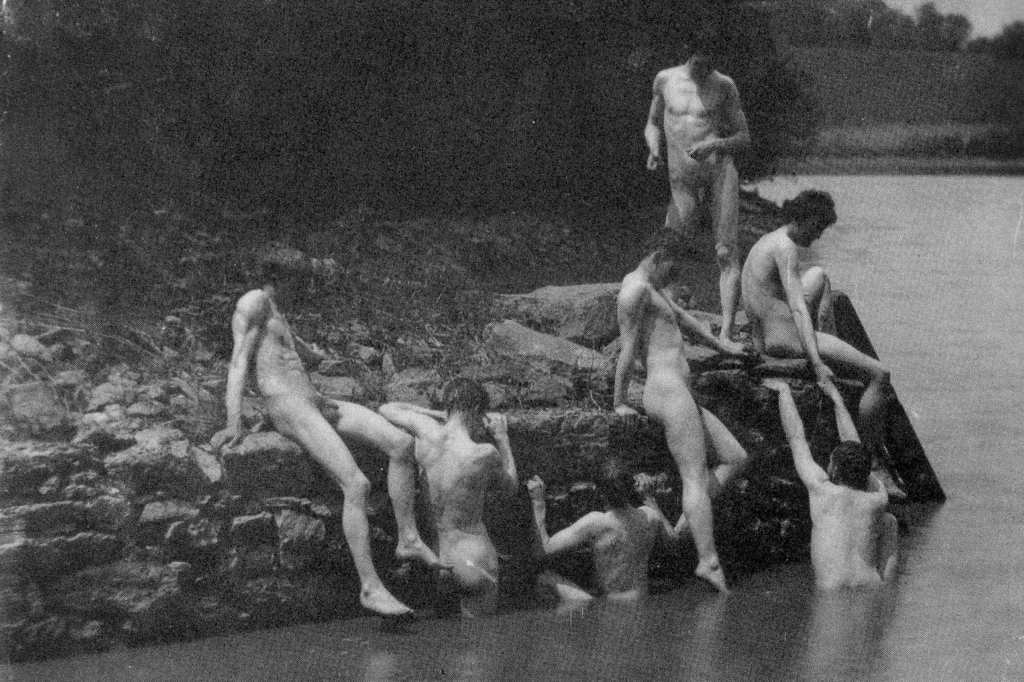
5) Back to the legal stuff. The Roth decision wasn’t amended until 1962, in the case of MANual Enterprises v. Day. MANual, Trim and Grecian Guild Pictorial were three magazines created by Herman Lynn Womack, who intended his publications to have a gay audience but never made explicit mention of homosexuality. The case began because the post office refused to send editions of MANual through the mail. At the time, gay men were legally (and medically) considered deviants. So the idea was to censor publications intended for them, which conservative haters labeled as “disease mongering” or “anti-family.”
The defendants, however, argued their purpose involved health and fitness. (Two manly man ideals, right?) That, of course, was simply a cover/beard. In fact, these bodybuilding and exercise magazines — “beefcake booklets” if you will — laid the foundation for modern gay porn.
They did so because the Supreme Court determined in MANual Enterprises v. Day that photos of nude men weren’t fundamentally obscene, creating the flow and steady permeation of nude male porn mags throughout the country, much to the disdain of the Virginia postmaster who seized them in the first place.
6) Still, the first photograph of a nude man wasn’t shown in an official, public gallery space until 1977 at the Kitchen in New York City. Unsurprisingly, the artist was Robert Mapplethorpe, who later caused a number of controversies with the nude male photography he created via federal funding.
7) A year later, the Marcuse Pfeifer Gallery in New York hosted an exhibition called “The Male Nude,” with almost 200 photos of nude men taken by artists from a diverse range of genders and sexualities. Most critics hated the show. As the male, heterosexual critic Gene Thornton wrote in The New York Times, “There is especially something to be said about old fashioned prudery when the unclothed human body is a man’s body. There is something disconcerting at the sight of a man’s naked body being presented primarily as a sexual object.”
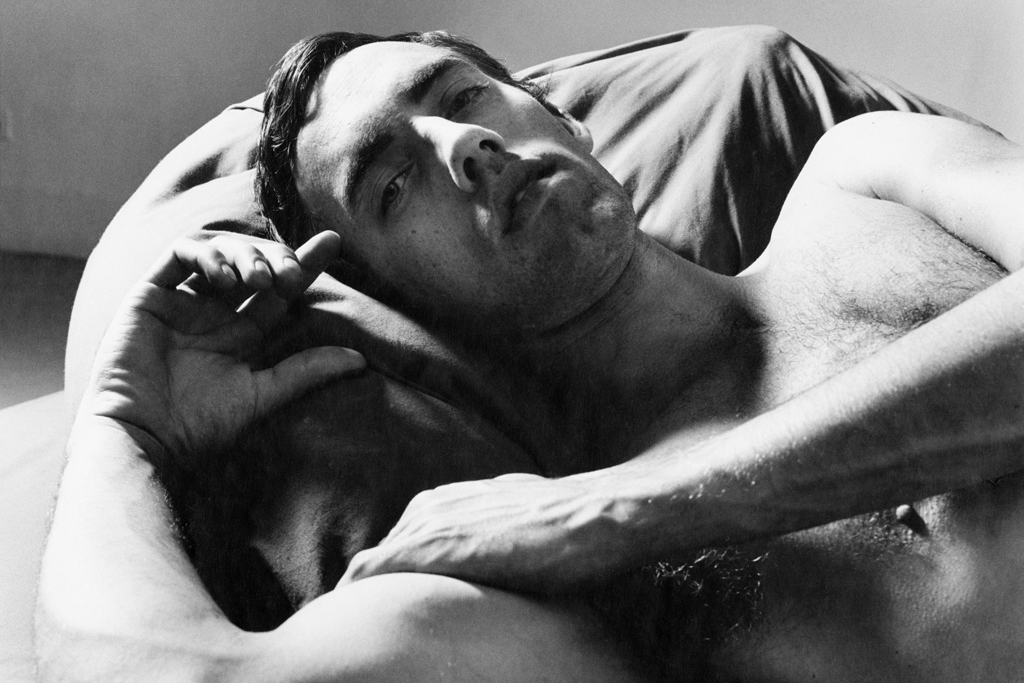
8) Bad reviews, however, didn’t stop queer photographers — i.e., men who loved to shoot other men in the nude — from becoming some of fashion’s most popular figures in the 1990s. Maybe the best example: Bruce Weber, the guy behind the groundbreaking Calvin Klein campaigns that mainly consisted of chiseled male bodies, including jean ads that didn’t feature a stitch of denim.
9) Similarly, Versace began selling female clothing by depicting well-dressed women with naked men — the work of Richard Avedon, among other greats.
10) Now is probably a good time to mention Playgirl, home of the first male centerfold. In 1971, Jenny Lambert told her husband Douglas, a nightclub owner in California, that it would be a good idea to get in on the Sexual Revolution by creating a Playboy equivalent for women. According to reports, Douglas wasn’t convinced the idea would work, but in just a couple years, he was publishing the magazine out of L.A.
At Playgirl’s peak in the late 1970s, an average issue sold 1.5 million copies. And while fans loved the semi-nude erotica early issues offered, they repeatedly let Lambert and his team know that they wanted more D, some angry at the lengths the Lamberts went to conceal their models’ dicks, revealing just a few tufts of pubic hair hidden behind hands and other objects.
12) The new millennium kicked off with two seminal — again, excuse the pun — music videos centered around the male body: Blink 182’s “What’s My Age Again?” and D’Angelo’s “Untitled.” Neither, however, show penis. You have to watch the sex tapes from fellow musicians Tommy Lee and Ray J for any of that.
13) About a decade earlier, the Red Hot Chili Peppers famously used their hands to cover their junk on their otherwise nude Rolling Stone cover.
14) If it wasn’t already obvious, showing an erection on film or TV is a big deal. Per director Nick Stoller (by way of the MPAA), it’s a surefire way to get an NC-17 rating:
https://www.youtube.com/watch?v=Xrk3b_2SFS4
15) So while a bunch of movie stars have gone full-frontal, few have been hard while doing so. These flaccid penises include: Michael Fassbender’s, Richard Gere’s, Heath Ledger’s, Tom Cruise’s, Tom Hardy’s, Edward Norton’s, Diego Luna’s, Jason Segel’s, Sacha Baron Cohen’s and Ben Affleck’s (supposedly unknowingly in Gone Girl).
16) Occasionally, however, you can’t believe what you’re seeing. Like in the cases of Shia LaBeouf and Armie Hammer, whose penises were digitally removed and replaced with conceptual stunt penises, or CGI penises, in Nymphomaniac and Call Me By Your Name respectively.
Which, if you ask me, ain’t worth dick.
